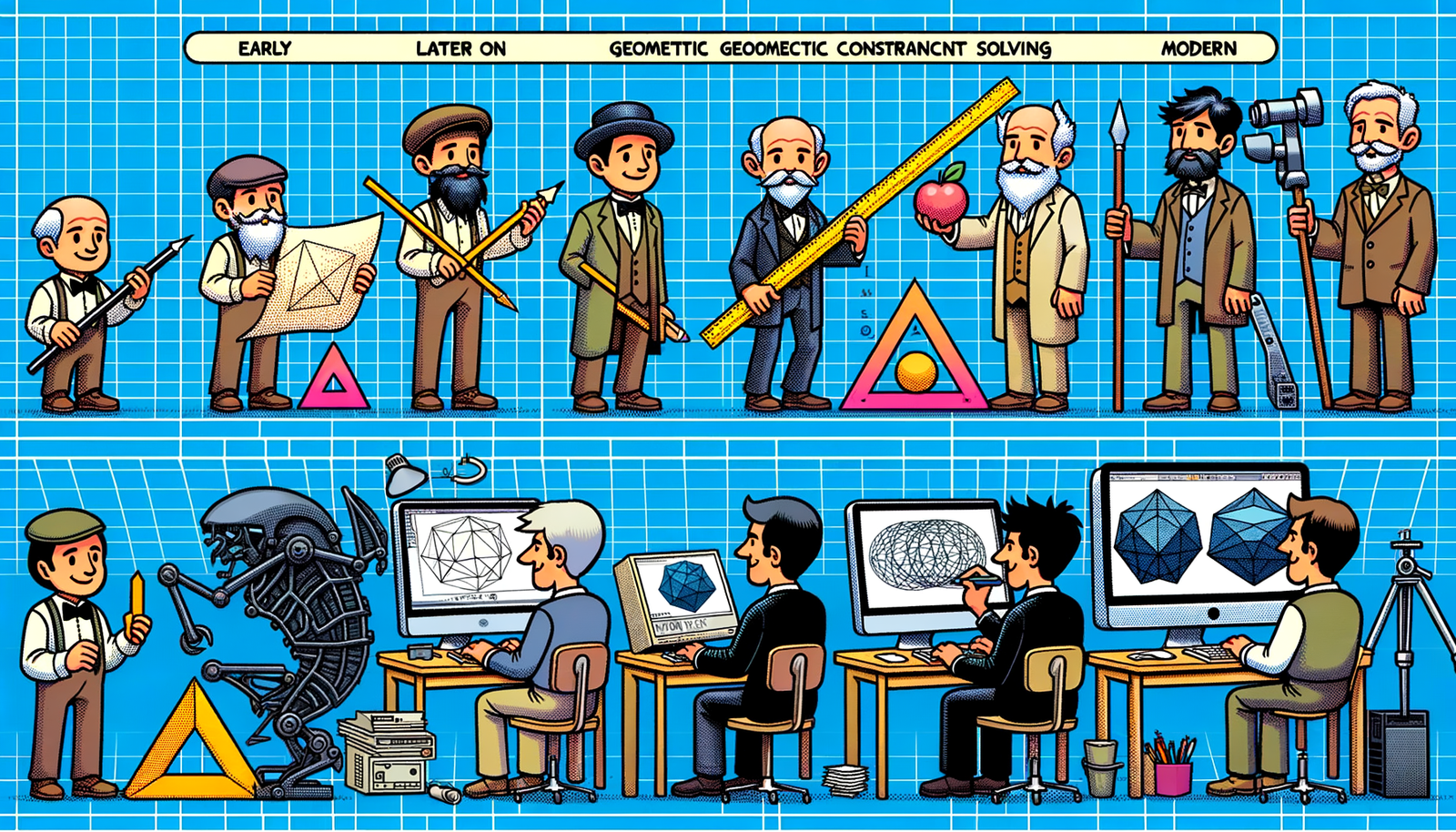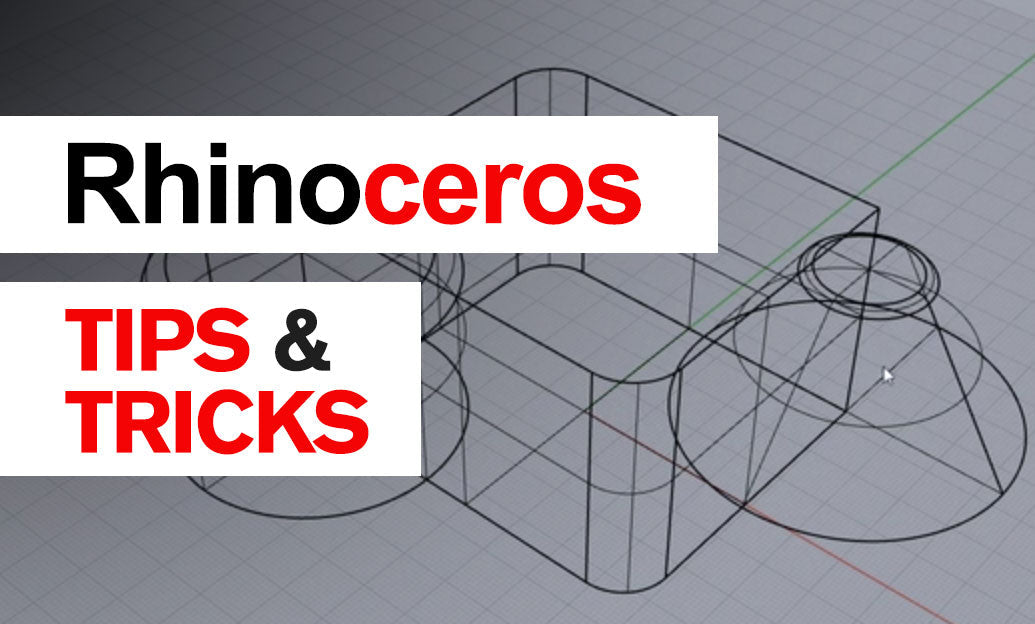Your Cart is Empty
Customer Testimonials
-
"Great customer service. The folks at Novedge were super helpful in navigating a somewhat complicated order including software upgrades and serial numbers in various stages of inactivity. They were friendly and helpful throughout the process.."
Ruben Ruckmark
"Quick & very helpful. We have been using Novedge for years and are very happy with their quick service when we need to make a purchase and excellent support resolving any issues."
Will Woodson
"Scott is the best. He reminds me about subscriptions dates, guides me in the correct direction for updates. He always responds promptly to me. He is literally the reason I continue to work with Novedge and will do so in the future."
Edward Mchugh
"Calvin Lok is “the man”. After my purchase of Sketchup 2021, he called me and provided step-by-step instructions to ease me through difficulties I was having with the setup of my new software."
Mike Borzage
V-Ray Tip: Mastering the V-Ray Physical Camera: Tips for Cinematic Realism in Renders
April 02, 2024 2 min read

For visual artists looking to achieve cinematic shots with impeccable realism, mastering the V-Ray Physical Camera is essential. Today, we delve into how to elevate your renders using this powerful tool, with a nod to our friends at NOVEDGE, the experts in software solutions for design professionals.
- Understand the Basics: Familiarize yourself with real-world camera settings such as ISO, aperture, and shutter speed, as the V-Ray Physical Camera mimics these functions to control exposure.
- Adjust Aperture: The aperture (f-number) controls the depth of field. A lower value results in a shallower depth of field, which is great for highlighting a specific element in your composition while blurring the rest.
- Manage Shutter Speed: Shutter speed influences motion blur. For dynamic scenes, a slower shutter speed will introduce motion blur, adding realism to moving objects.
- Balance ISO: A higher ISO increases the sensor's sensitivity to light, which is useful in low-light conditions but can introduce noise to the image. Use it sparingly and consider compensating with additional lighting.
- White Balance: Set the right white balance to ensure the colors in your renders appear as they would under natural lighting conditions. Incorrect white balance can cast an unrealistic tint over your image.
- Vignetting: Adding vignetting can focus the viewer’s attention toward the center of the frame. This effect can be achieved within V-Ray without post-processing software.
- Use Lens Effects: V-Ray's lens effects like bloom and glare can add a photographic touch to your renders, making them more visually appealing and realistic.
- Depth of Field for Storytelling: Use depth of field creatively to guide the viewer’s focus and enhance the storytelling aspect of your renders. It's not just a tool for realism but also for narrative.
- Exposure Correction: Utilize the camera's exposure correction feature to fine-tune your lighting setup without altering the light sources or environment settings, saving time in your workflow.
- Physical Camera Presets: Explore and use the presets available in V-Ray, which are designed to mimic common camera settings and can serve as a good starting point for beginners.
When you harness the capabilities of the V-Ray Physical Camera, your renders can reach new heights of professionalism and realism. Keep experimenting with different settings to see how they affect your image, and always refer to real-world photography principles to ground your work in reality.
For those looking to expand their V-Ray toolkit, NOVEDGE offers a wide range of options to enhance your rendering capabilities. Whether you are a beginner or a seasoned professional, understanding the V-Ray Physical Camera is a valuable skill that can dramatically improve your visual outputs.
```You can find all the V-Ray products on the NOVEDGE web site at this page.
Also in Design News

Bluebeam Tip: Maximize PDF Security and Efficiency with Bluebeam Revu's Flatten Tool
December 02, 2024 1 min read
Read More
Design Software History: Evolution and Impact of Geometric Constraint Solving in CAD History
December 02, 2024 2 min read
Read More
Rhino 3D Tip: Enhancing Scale Modeling Accuracy in Rhino 3D: Essential Tips for Designers and Engineers
December 02, 2024 2 min read
Read MoreSubscribe
Sign up to get the latest on sales, new releases and more …


